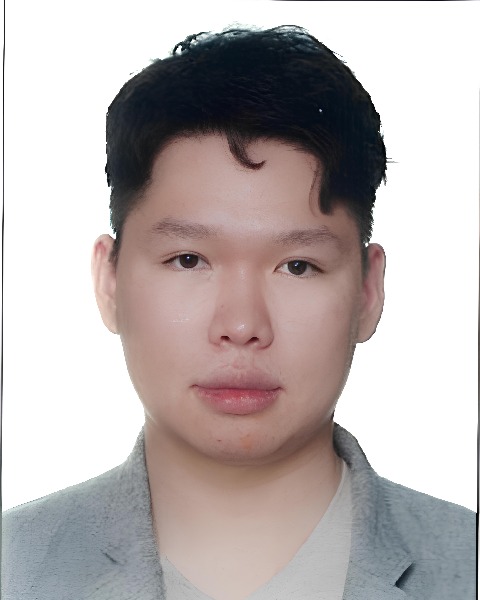Thursday, May 2025
10:40 AM - 11:00 AM
Room: LL21AB Locate
Session: Visual Factors with AR/VR Displays
Influence of Temporal Frequency, Duty Ratio, and Eye-Stimulus Dynamics on Motion Artifacts
Description:
Motion artifacts, perceived discrepancies between displayed and natural images of motion stimuli, are influenced not only by temporal properties of displays (e.g., refresh rate and duty ratio) but also by their interaction with eye movements. Hoffman et al. (2014) suggested the shorter duty ratio was optimal for reducing motion artifacts, because it reduced a motion blur. However, a recent study suggested that the effect of duty ratio on motion artifact depends on specific eye movement scenarios (Han et al., 2024). They showed the longer duty ratio reduced motion artifacts by occurring the motion blur, when the eyes moved while the stimulus remained static. Current study investigates the effects of refresh rate, duty ratio, and the relative speeds of eye and stimulus movements on motion artifacts. In Experiment 1, motion artifacts were measured as a function of refresh rate and duty ratio across two eye movement scenarios: condition 1, where the eyes tracked a moving object, and condition 2, where the eyes moved while the object remained static. Results showed that higher temporal frequencies reduced motion artifacts across conditions, while the effect of duty ratio was influenced by the type of eye movements. Shorter duty ratio reduced motion artifacts in condition 1, but increased motion artifacts stronger in condition 2. Experiment 2 further explored the effect of speed differences between eye and stimulus movements. Participants preferred shorter duty ratio only when eye and stimulus speeds were closely matched, while longer duty ratio were preferred in other conditions. These findings showed the interplay of refresh rate, duty ratio, and eye-stimulus movement velocities, challenging the current preference for shorter duty ratios. This study provides foundational insights for optimizing display quality based on motion artifacts.
Video Presentation:
To view recordings, please register here
